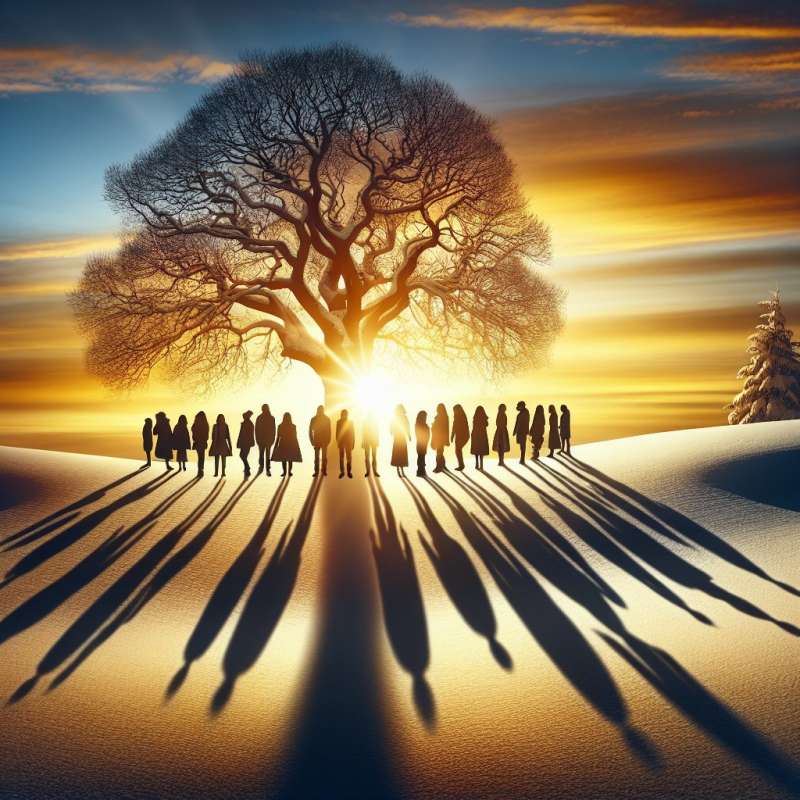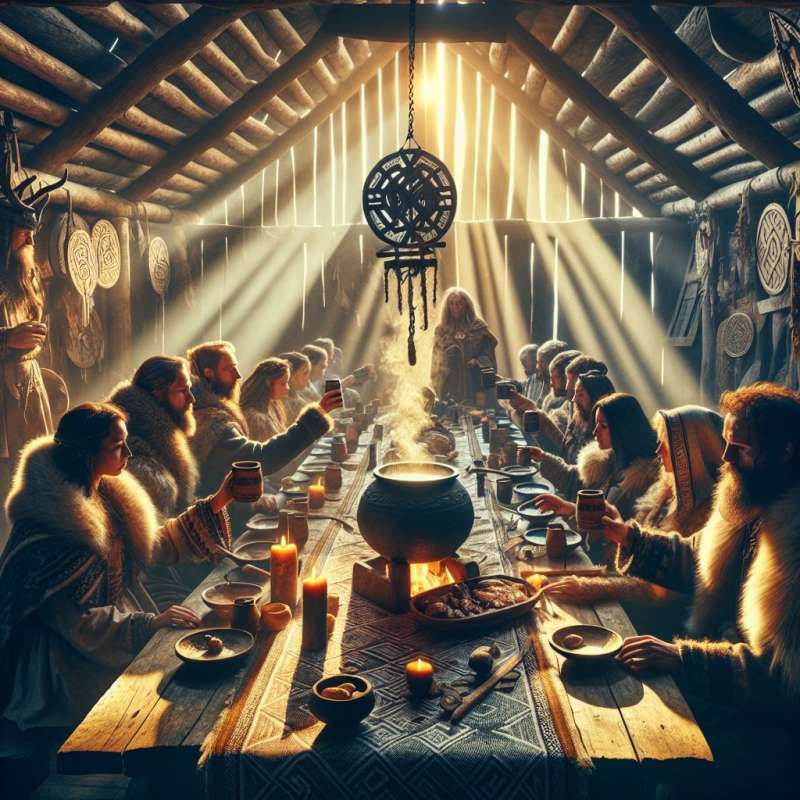
Origins of Yule
Yule originates from ancient Germanic midwinter festivals. It was a time to honor the returning light during the longest night, with feasts, Yule logs, and symbolic sacrifices to encourage the sun's rebirth.
Winter Solstice Explained
Winter Solstice, occurring around December 21, is the shortest day of the year. Ancient people observed it as a turning point, believing the sun stood still before longer days would return.
Yule Log Traditions
The Yule Log, a carefully chosen log, was burned for 12 days in hearth celebrations. Ashes were saved for medicinal use or to sprinkle on fields, symbolizing fertility and protection.
Saturnalia's Influence
Influencing Yule was Rome's Saturnalia festival, honoring Saturn, the god of agriculture. It was marked by revelry, role reversals, gift-giving, and the suspension of war.
Norse Yule Festivities
Norse Yule was a time for toasting to the gods, kin, and a good harvest. The 'jólablót' was a sacrificial banquet, where participants also sought omens for the coming year.
Mysterious Stonehenge
Stonehenge is aligned with the sunset of the winter solstice, suggesting its significance to ancient peoples. It remains a mystery whether this was designed for ritualistic purpose or astronomical observation.
Modern Yule Celebrations
Today, neo-pagans and Wiccans celebrate Yule by honoring nature and the cycle of life and death. They use evergreens, candles, and Yule logs to symbolize enduring light and life.Surprising Yule Fact
Sweden's 'Gävle Goat' has a history of being vandalized almost every year since 1966, despite efforts to protect it.
What was Yule originally honoring?
Sun's rebirth and longest night
Saturn, the god of agriculture
Norse gods and good harvest
Company